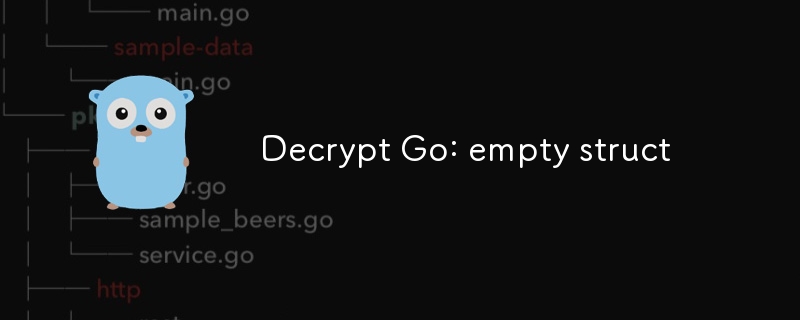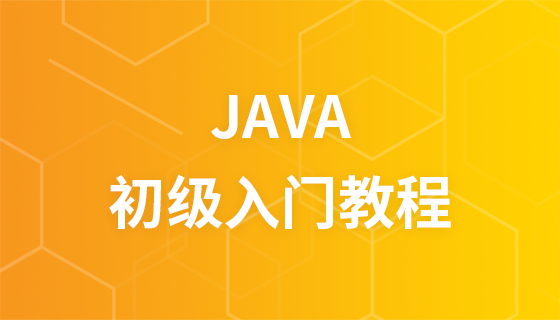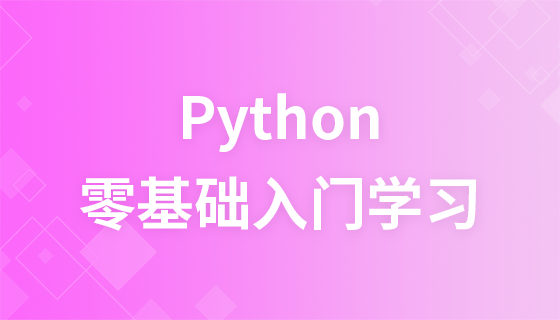

In Go, a normal struct typically occupies a block of memory. However, there's a special case: if it's an empty struct, its size is zero. How is this possible, and what is the use of an empty struct?
This article is first published in the medium MPP plan. If you are a medium user, please follow me in medium. Thank you very much.
type Test struct {
A int
B string
}
func main() {
fmt.Println(unsafe.Sizeof(new(Test)))
fmt.Println(unsafe.Sizeof(struct{}{}))
}
/*
8
0
*/
An empty struct is a struct with no memory size. This statement is correct, but to be more precise, it actually has a special starting point: the zerobase variable. This is a uintptr global variable that occupies 8 bytes. Whenever countless struct {} variables are defined, the compiler assigns the address of this zerobase variable. In other words, in Go, any memory allocation with a size of 0 uses the same address, &zerobase.
Example
package main
import "fmt"
type emptyStruct struct {}
func main() {
a := struct{}{}
b := struct{}{}
c := emptyStruct{}
fmt.Printf("%p\n", &a)
fmt.Printf("%p\n", &b)
fmt.Printf("%p\n", &c)
}
// 0x58e360
// 0x58e360
// 0x58e360
The memory addresses of variables of an empty struct are all the same. This is because the compiler assigns &zerobase during compilation when encountering this special type of memory allocation. This logic is in the mallocgc function:
//go:linkname mallocgc
func mallocgc(size uintptr, typ *_type, needzero bool) unsafe.Pointer {
...
if size == 0 {
return unsafe.Pointer(&zerobase)
}
...
This is the secret of the Empty struct. With this special variable, we can accomplish many functionalities.
Typically, if an empty struct is part of a larger struct, it doesn't occupy memory. However, there's a special case when the empty struct is the last field; it triggers memory alignment.
Example
type A struct {
x int
y string
z struct{}
}
type B struct {
x int
z struct{}
y string
}
func main() {
println(unsafe.Alignof(A{}))
println(unsafe.Alignof(B{}))
println(unsafe.Sizeof(A{}))
println(unsafe.Sizeof(B{}))
}
/**
8
8
32
24
**/
When a pointer to a field is present, the returned address may be outside the struct, potentially leading to memory leaks if the memory is not freed when the struct is released. Therefore, when an empty struct is the last field of another struct, additional memory is allocated for safety. If the empty struct is at the beginning or middle, its address is the same as the next variable.
type A struct {
x int
y string
z struct{}
}
type B struct {
x int
z struct{}
y string
}
func main() {
a := A{}
b := B{}
fmt.Printf("%p\n", &a.y)
fmt.Printf("%p\n", &a.z)
fmt.Printf("%p\n", &b.y)
fmt.Printf("%p\n", &b.z)
}
/**
0x1400012c008
0x1400012c018
0x1400012e008
0x1400012e008
**/
The core reason for the existence of the empty struct struct{} is to save memory. When you need a struct but don't care about its contents, consider using an empty struct. Go's core composite structures such as map, chan, and slice can all use struct{}.
// Create map
m := make(map[int]struct{})
// Assign value
m[1] = struct{}{}
// Check if key exists
_, ok := m[1]
A classic scenario combines channel and struct{}, where struct{} is often used as a signal without caring about its content. As analyzed in previous articles, the essential data structure of a channel is a management structure plus a ring buffer. The ring buffer is zero-allocated if struct{} is used as an element.
The only use of chan and struct{} together is for signal transmission since the empty struct itself cannot carry any value. Generally, it's used with no buffer channels.
// Create a signal channel
waitc := make(chan struct{})
// ...
goroutine 1:
// Send signal: push element
waitc <- struct{}{}
// Send signal: close
close(waitc)
goroutine 2:
select {
// Receive signal and perform corresponding actions
case <-waitc:
}
In this scenario, is struct{} absolutely necessary? Not really, and the memory saved is negligible. The key point is that the element value of chan is not cared about, hence struct{} is used.
The above is the detailed content of Decrypt Go: empty struct. For more information, please follow other related articles on the PHP Chinese website!
 seo page description
seo page description
 How to cancel automatic renewal at Station B
How to cancel automatic renewal at Station B
 Flutter framework advantages and disadvantages
Flutter framework advantages and disadvantages
 How many years do you have to pay for medical insurance to enjoy lifelong medical insurance?
How many years do you have to pay for medical insurance to enjoy lifelong medical insurance?
 What to learn in programming class
What to learn in programming class
 What are the regular expressions in php
What are the regular expressions in php
 vscode
vscode
 Is the success rate of railway 12306 standby ticket high?
Is the success rate of railway 12306 standby ticket high?




